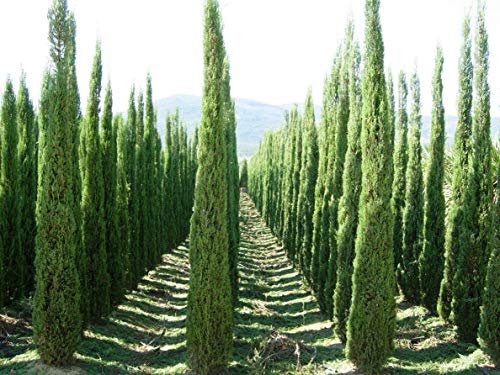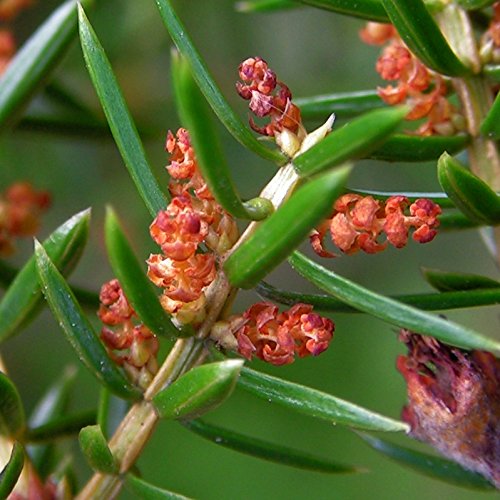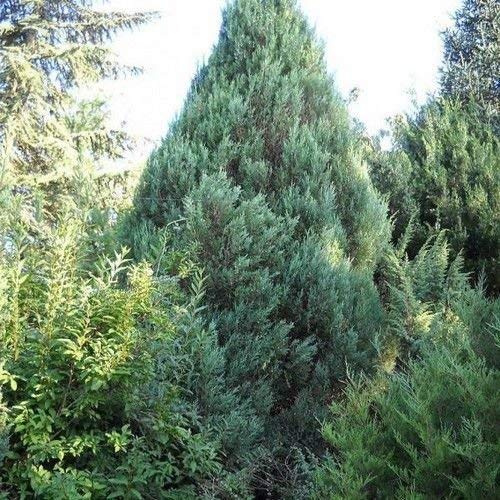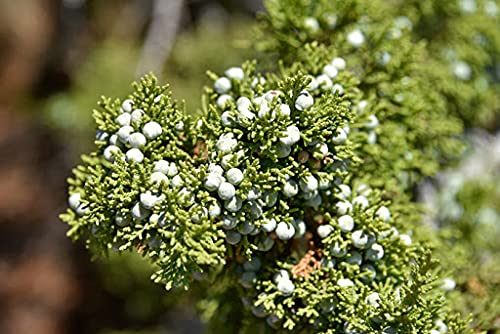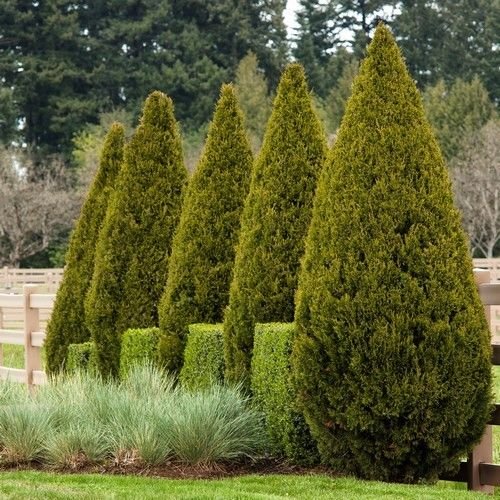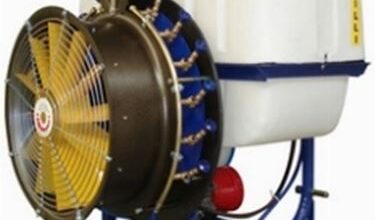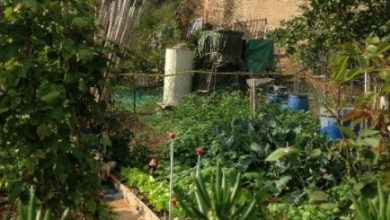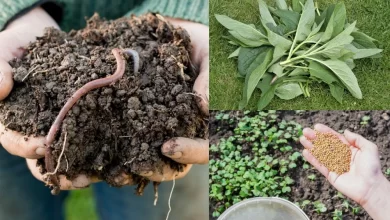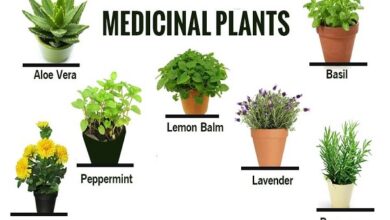Juniperus cuttings: [Associations, Best Time and Planting]

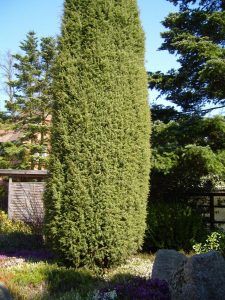 Juniperus cuttings represent a very easy strategy to multiply this species and you can do it with a specimen you have at home.
Juniperus cuttings represent a very easy strategy to multiply this species and you can do it with a specimen you have at home.
You don’t need many materials, basically a tree to take the cuttings from, a container and sharp scissors.
We leave you the procedure below, including some tips so that everything goes wonderfully. Will you join us?
With what other plants or trees can we graft juniperus?
Conifers are very graft-prone plants and Juniperus is no exception. A good way to graft it is with cypresses that help to give it a more robust trunk, maintaining the characteristic foliage of this species.
What is the best time to plant juniper cuttings?
The best time is in the spring because they will enjoy a milder temperature in the early days, before facing the summer heat.
You will have to wait until they reach a semi-woody structure to get some leaves attached before rooting.
How to get juniper cuttings to root correctly?
The first condition that must be met is that they are taken at the correct time and this is during the spring. The steps that should be followed to achieve success are as follows:
- Prepare the space where you will leave the cuttings to root. A good way to do this is with a container to which you will add gravel in the lower part so that the cuttings have a humid environment, but the roots are not in contact with the water and rot. Above add a little sand and then close with the soil substrate.
- Take the cuttings from a plant that is healthy and strong because that will allow the cuttings to be of better quality. The ideal is that they are about 10 centimeters high and that they already have leaves grown from their structure.
- Clean the cutting by removing all the leaves that have grown, leaving only those that are in the upper part so that the cutting can breathe and work the tip that you will bury, giving it a bevel shape (or a v shape if you prefer). The reason for this is that it makes it easier for the cutting to absorb more water, which allows the birth of roots.
- Bury it in the substrate ensuring that they are firm so that the wind does not remove them from their place. Take this condition into account when locating them in the final space, since it is better that they are protected from this environmental factor.
- Water with enough liquid until you see that the substrate looks very wet. Remember that juniper cuttings need to enjoy a certain level of moisture at the base for new roots to thrive. Unlike other species, Juniperus does appreciate watering its leaves, so take this into account when applying daily water.
- Place them in a space where they enjoy a humid environment most of the day, as this is key to getting them to process properly. It is also key that they can receive sunlight for a few hours a day, without exaggerating to prevent them from drying out.
Make sure that the tray or container where you will have the cuttings has holes through which to drain the water, since you have to water daily.
How should we take the juniper cuttings to plant them?
The correct structure is semi-woody, with branches that have already been able to produce leaves. If the cutting is fully lignified, it may take a little longer to root as desired.
How long should we leave juniper cuttings in water?
Juniperus cuttings can be kept in water or not because its root formation process is really good. In case you prefer to hydrate them first, use a glass container with water and a rooting liquid and leave them there overnight.
Try not to exceed this time to prevent them from starting to rot or damaging their ability to generate roots.
Is it convenient to use fertilizer or compost?
It is not necessary to leave the cuttings planted with fertilizer or compost. In any case, you can apply a little organic fertilizer but a minimum amount.
How long does it take for a juniper cutting to sprout?
Juniperus will take its time to produce roots. Usually it can be between 10 and 12 weeks.You can check this because over time the cutting will look healthy, not dry and if you pull it gently, it will not come out easily.
Juniperus is an ideal species to work as a bonsai and decorate a space inside or outside the house. What you should consider is that after transplanting you should keep it in a place where it receives enough sunlight on a daily basis.
And so, with so little effort, you will have your new beautiful and leafy juniper.
Bibliographic references
- Endemic forests of Juniperus spp, D Montesinos, R Otto, JM Fernández-Palacios – 2009 – riull.ull.es
- Sacred and magical trees of Mágina, JC Sánchez, JM Escribano – SUMUNTÁN, 2008 – cismamagina.es
- Juniperus phoenicea subsp. Turbinata in the Sierra de Grazalema, M Arista, PL Ortiz – 1995 – riuma.uma.es
- Juniperus communis L, LB MATÍAS, PV SALVADOR, JI GARCÍA, AGG VIÑAS… – researchgate.net
- The production of cuttings, C Roig – miteco.gob.es
- Multiplication of ornamentals by stem cutting, FXM Farré – viveroecoplant.com.ar
- Reproduction by cuttings, A Colombo – 2019 – books.google.com
- The multiplication of plants, T Barbat – Horticulture International, 2006 – horticom.com
- Manual of propagation of higher plants, HRO Fernández, AMO Fernández, AF Álvarez – biopasos.com

